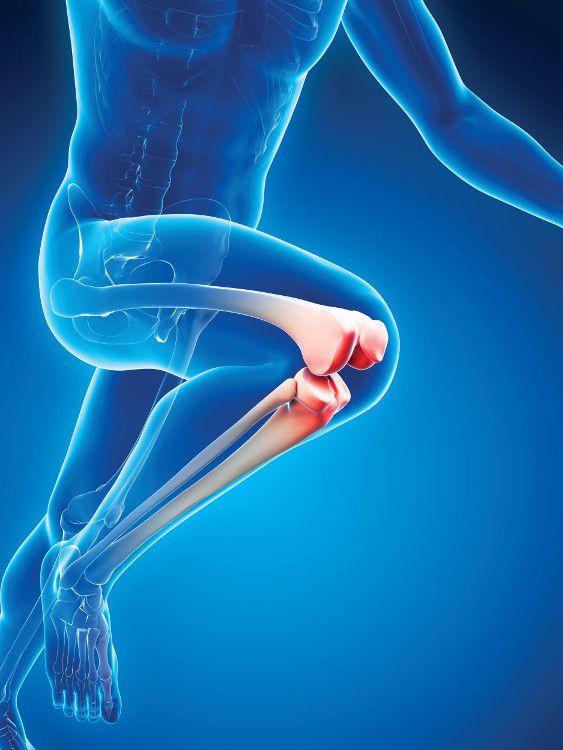Animal study analyzes mechanisms behind joint health formula
Using quantitative proteomics, researchers in a recent study evaluated the holistic efficacy of JointAlive from Chenland Nutritionals.
Photo © Shutterstock.com/Sebastian Kaulitzki

Using quantitative proteomics, researchers in a recent study1 evaluated the holistic efficacy of a formula containing Epimedium brevicornu Maxim, Dioscorea nipponica Makino, and Salvia miltiorrhiza Bunge(JointAlive from Chenland Nutritionals; Irvine, CA) on osteoarthritis. Using this same method, they sought to identify possible protein profile mechanisms. Researchers established a papain-induced rat osteoarthritis model, administering the formula intragastrically for 28 days. In total, the study analyzed the regulation of over 250 proteins involved in the activation of humoral immunity response, acute inflammatory response, and proteolysis regulation.
The proteomics analysis showed that 62 proteins were significantly upregulated, and 208 proteins were downregulated in rats administered the JointAlive formula. These proteins were involved in the activation of humoral immunity response, complement cascade activation, leukocyte mediated immunity, acute inflammatory response, endocytosis regulation, and proteolysis regulation. These changes were also associated with the restoration of overall knee joint movement. Further investigation is being conducted to investigate the effects of the formula on joint pain and stiffness in adults with mild to moderate knee arthritis.
Reference
- Hao Y et al. “Quantitative proteomics reveal the protective effects of EDS against osteoarthritis via attenuating inflammation and modulating immune response.” Journal of Ethnopharmacology, Published online ahead of print on January 6, 2021





